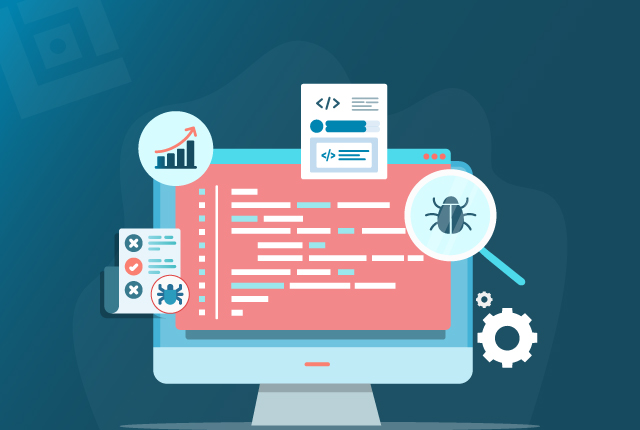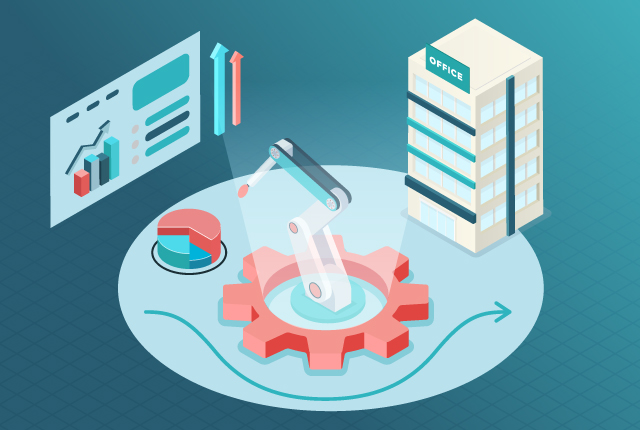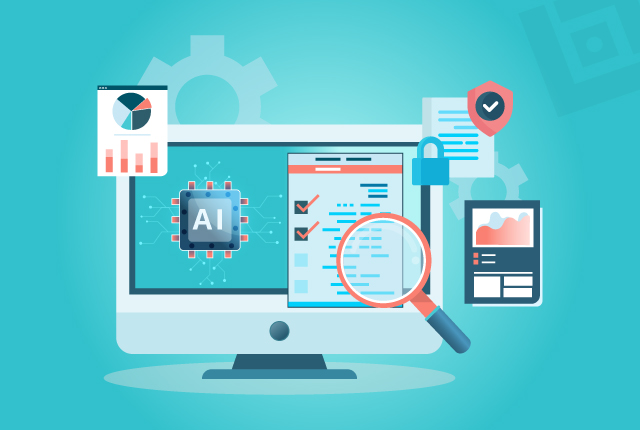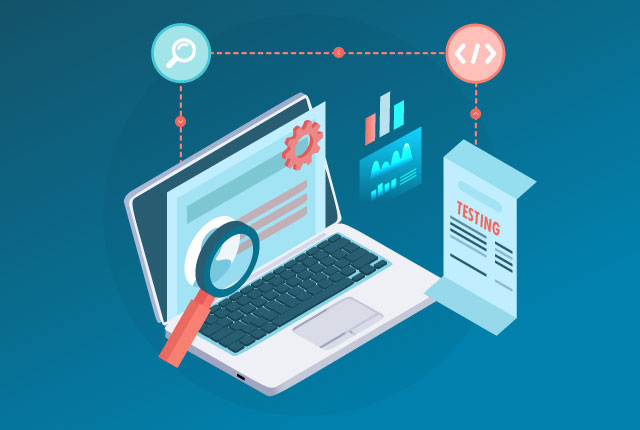Businesses are increasingly challenged to protect their networks, data, and systems from growing cyber threats. This rising concern goes beyond simple defense and calls for detailed, proactive plans to address each organization's weak spots. This blog covers the leading cyber security testing companies, offers answers to urgent cybersecurity challenges, and serves as a strategic partner in managing the complexities of today's digital world.
QASource Blog
In our blog, we take a deep dive into the latest QA strategies, methodologies, and industry best practices driving the world of quality assurance. Follow our blog to get new ideas as to how to effectively deliver high-quality, bug-free software products, websites, and applications, while keeping costs low.

Business Intelligence reports and dashboards are crucial to a business's success, as they provide valuable insights and facilitate data-driven decision-making. They are essential tools for collecting, analyzing, and presenting data to enable businesses to adapt to changing circumstances, identify opportunities for improvement, and maintain a competitive edge in their industry.
Many development teams find it challenging to achieve adequate software test coverage, which impacts their software products' overall quality and reliability. This is especially pronounced in environments where the pace of development outstrips the capacity for comprehensive testing. Here, we focus on strategic solutions leaders within technology and engineering departments can implement to navigate and overcome these obstacles.
Explore the role of AI in testing superapps, emphasizing how it revolutionizes efficiency, accuracy, and problem-solving in software QA. Understand AI's impact on user experience and business success in the digital landscape with this insightful post.
Businesses across the globe recognize the critical role that automation testing plays in pushing the boundaries of innovation and efficiency. Understanding which automation testing companies in USA lead the pack has become necessary for businesses aiming to secure a competitive edge. This guide spotlights the 10 top automation companies that are not just reshaping the way we approach quality assurance but are also setting new standards in software excellence. The best automation companies stand out for their relentless commitment to quality, profound understanding, and dedication to helping clients navigate software complexities. Whether through cutting-edge technologies, innovative testing methodologies, or a customer-centric approach, automated testing companies bring something unique, ensuring that your software is ready to hit the market and is primed to excel.
Recent studies indicate a reduction in test case generation time by up to 50% while expanding test coverage and accuracy. Additionally, organizations report up to a 25% decrease in overall testing costs due to optimizing resources and reducing manual efforts.
Data is perhaps the best resource that has guided business decisions since commerce was invented. Today, we have capabilities that allow us to store, analyze, and derive actionable insights from business information. It has allowed companies to adapt their business plans to meet changing consumer needs and predict future trends. However, with these innovative processes and technologies come new problems for us. This is especially true regarding the challenges in data warehouse testing.
Explore the critical role of security testing in the Cloud Speed Layer, emphasizing its importance in protecting data processing. QASource's expert team ensures data integrity and protection against cyber threats in real-time cloud environments.
With over 2.5 quintillion bytes of data created daily and businesses relying increasingly on data-driven decisions, the importance of ETL processes in managing this vast amount of data cannot be overstated.
Written by QA Experts
QASource Blog, for executives and engineers, shares QA strategies, methodologies, and new ideas to inform and help effectively deliver quality products, websites and applications.
Categories
Authors
Our bloggers are the test management experts at QASource. They are executives, QA managers, team leads, and testing practitioners. Their combined experience exceeds 100 years and they know how to optimize QA efforts in a variety of industries, domains, tools, and technologies.








